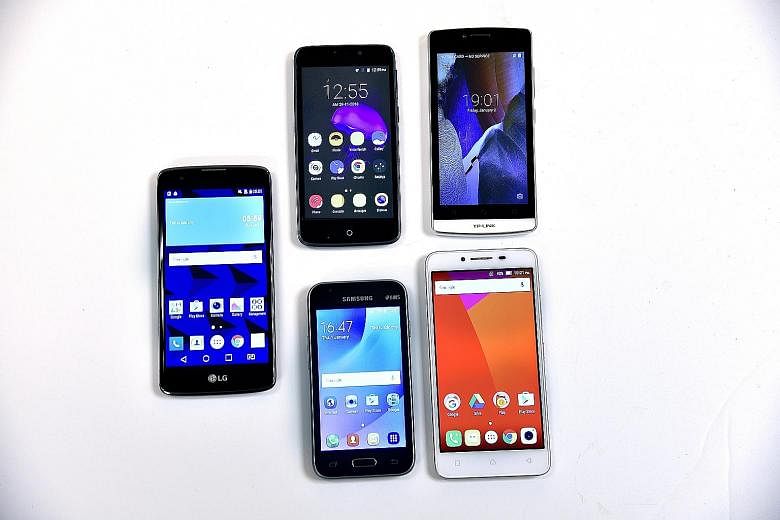Some 160,000 mobile lines here are still based on the older 2G services even as the deadline for the service to end by March next year approaches.
From April, Singapore will join South Korea and Japan, which ceased offering 2G services in March 2012. Australia will pull the plug on is 2G networks, starting with Telstra tomorrow.
Affected 2G users have to switch to newer 3G and 4G handsets to continue to use mobile services, as the airwaves for 2G are on a different frequency from 3G and 4G.
In Singapore, there are still some 160,000 lines on 2G services, according to the latest statistics from the Infocomm Media Development Authority (IMDA)
Although this represents only 2 per cent of all the mobile users in Singapore, at eight million, a number of them are seniors, The Straits Times understands.
To ease the transition, IMDA requires all three telcos - Singtel, StarHub and M1 - to ensure that existing 2G users, especially seniors, make a smooth transition.
"This is to ensure that existing 2G phone users are not worse off (after) the transition," said an IMDA spokesman, noting that it has a Digital Inclusion Silver Infocomm programme to help seniors learn how to use smartphones.
Singtel said it has reached more than 1,800 seniors through such programmes. Affected users will also be able to stay on their current subscription plan even when they move to the 3G network - at no additional cost, as required by IMDA.
So they need to pay only for a new phone. However, they are advised to check with their telcos if they need to change their SIM cards.
A StarHub spokesman said: "We are reaching our senior customers by phone to inform them about the 2G network closure and to point them to the nearest StarHub authorised dealer for phone upgrades."
Most of the 2G users in Singapore today are migrant workers, The Straits Times understands.
2G subscription numbers have dwindled steadily from a peak of more than four million in June 2008, when 3G service sign-ups were beginning to pick up rapidly.
In April 2010, the number of 3G users overtook the number of 2G users. This is widely attributed to the launch of the iPhone 3G in Singapore in August 2008, and the rollout of generous mobile data plans for less than $40 a month.
The decline of 2G signups continued until the three local telcos in 2014 asked to end their 2G services.
On approving the request, IMDA said it took into consideration consumers' rising demand for faster 3G and 4G services.
It is hoped that the retirement of the older 2G networks will help spectrum-starved Singapore reuse existing 2G airwaves to boost the capacity and speeds of newer 4G services.
Retiree Nancy Yeo, 67, said she resisted switching to 3G as her current 2G mobile plan costs only about $3 a month. In June this year, however, she upgraded to a basic 3G plan that costs slightly over $10 a month.
"I know that 2G services will end soon, and I also want to communicate with my grandchildren via WhatsApp," she said.
All three telcos have rolled out cheap 3G phones - all under $200 - to minimise disruption to 2G users when the service ends next April.
They include models from Samsung, Alcatel, Huawei and LG.
The Straits Times looks at some of these models.
SEE DIGITAL:


